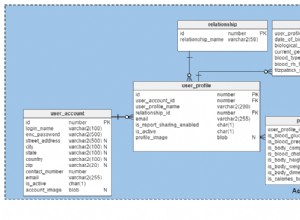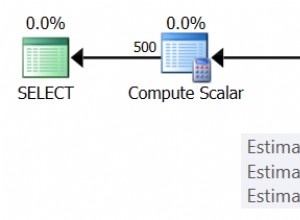O gerenciamento manual de transações é um caminho traiçoeiro, tente se afastar disso!;)
Veja como fazer isso corretamente, com a ajuda de pg-promise:
function(req, res) {
db.tx(t => { // automatic BEGIN
return t.one('INSERT_1 VALUES(...) RETURNING id', paramValues)
.then(data => {
var q = t.none('INSERT_2 VALUES(...)', data.id);
if (req.body.value != null) {
return q.then(()=> t.none('INSERT_3 VALUES(...)', data.id));
}
return q;
});
})
.then(data => {
res.send("Everything's fine!"); // automatic COMMIT was executed
})
.catch(error => {
res.send("Something is wrong!"); // automatic ROLLBACK was executed
});
}
Ou, se você preferir a sintaxe ES7:
function (req, res) {
db.tx(async t => { // automatic BEGIN
let data = await t.one('INSERT_1 VALUES(...) RETURNING id', paramValues);
let q = await t.none('INSERT_2 VALUES(...)', data.id);
if (req.body.value != null) {
return await t.none('INSERT_3 VALUES(...)', data.id);
}
return q;
})
.then(data => {
res.send("Everything's fine!"); // automatic COMMIT was executed
})
.catch(error => {
res.send("Something is wrong!"); // automatic ROLLBACK was executed
});
}
ATUALIZAÇÃO
Geradores ES6 substituídos por ES7
async /await no exemplo, porque pg-promise parou de suportar geradores ES6 da versão 9.0.0 



